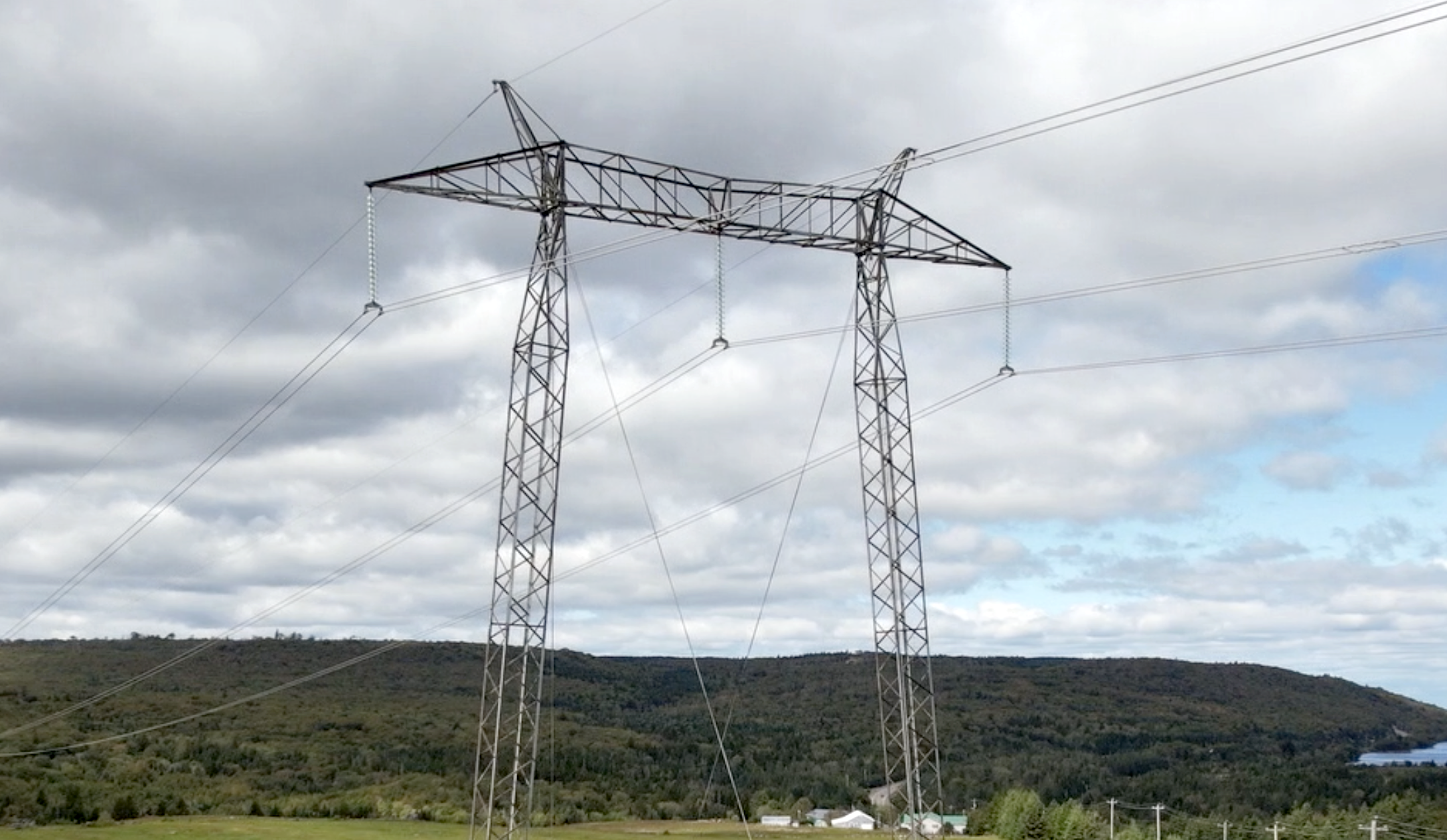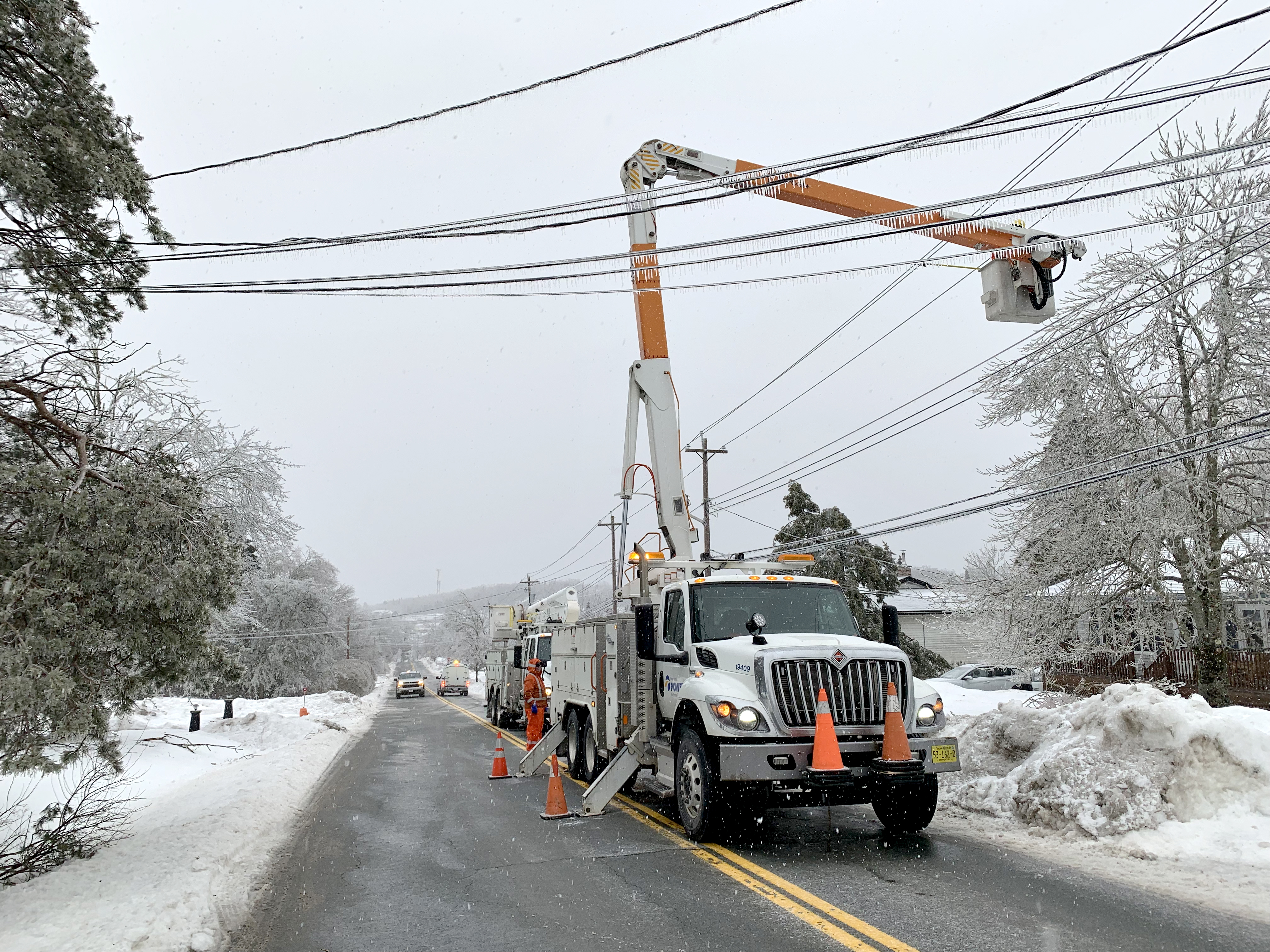At the ready during hurricane season
Close to two months into this year’s Hurricane season and so far, there are no named storms that came close to Nova Scotia. However, the Canadian Hurricane Centre indicates there could be 14 to 21 named storms and three to six hurricanes. That means we could be in for another busy season in the Atlantic. Being prepared is critical.
For us in Atlantic Canada, we typically see the most activity between August and October, with the peak in September. This is something our team is constantly monitoring, to ensure we’re ready to respond and be there for our customers.
Our team, what they’re monitoring and how they’re preparing
 In the weeks and days leading up to a storm, our team is monitoring weather forecasts very closely. There’s typically a lot of notice for a tropical storm so we’re able to track it during the days leading up to possible landfall, which allows us to prepare for various scenarios. The data and experience from historical tropical storms helps us determine where to position crews across the province.
In the weeks and days leading up to a storm, our team is monitoring weather forecasts very closely. There’s typically a lot of notice for a tropical storm so we’re able to track it during the days leading up to possible landfall, which allows us to prepare for various scenarios. The data and experience from historical tropical storms helps us determine where to position crews across the province.
When it comes to impact of hurricanes, it’s similar to windstorms. The difference, however, is the impact can be much bigger with more severe conditions leading to interruptions of service over a longer period of time. Hurricanes can often damage more of our equipment, (ie. break poles), which can take longer to repair.
The reality is, work to prepare for these storms is year-round. We’re aggressively investing in our power system each year, working to strengthen and improve the electricity grid. Approximately $100 million goes into new equipment, maintenance and tree trimming each year. We identify large scale projects in each region and work proactively to replace, repair and upgrade equipment.
Our weather and how we continue responding to it
The weather is also changing. We’re experiencing more extreme weather, more often. You don’t have to look further than the start of this year – with eight significant storms in three months. With these storms, we’re seeing more high winds – over 80 km an hour which can cause branches and trees to break and come into contact with the power system causing outages. The average number of hours of wind gusts over 80 km an hour in the last five years is up 41% from the five years before that.
That means we have been changing how we respond too. We are investing more on tree trimming and maintenance—$20 million each year—clearing trees and branches from about 1,000 km of our powerlines. That’s about the same distance from Halifax to Quebec City. We are also using different standards for design, ensuring our equipment and infrastructure is more resistant to the extreme weather. This could involve bigger, stronger poles that are higher class or more robust equipment designed for more extreme conditions, which would better resist the weather we’re seeing during significant storms.
Continuous improvement of our proactive maintenance and planning
 We’ve experienced hurricanes before, with Dorian being the most significant in Nova Scotia. Our team looks continuously for improvements after each storm–and we make sure those improvements are implemented before the next storm hits.
We’ve experienced hurricanes before, with Dorian being the most significant in Nova Scotia. Our team looks continuously for improvements after each storm–and we make sure those improvements are implemented before the next storm hits.
Vegetation management, or tree trimming, is one of most critical things we do. We remove weakened trees that have been impacted from previous storms and we execute an overall plan across the province for maintaining trees each year.
All of these efforts, along with the planning and preparation we do ahead of storms, have helped improve overall performance for our customers compared to similar storms in the past. For example, over the last five years (2017-2021), Nova Scotia Power experienced 40 percent more wind gusts above 80 km/hr compared to the previous five years (2012-2016). Despite the more frequent high winds, performance of our system during these periods improved by 15 percent. This is thanks to targeted strategies to mitigate the effects of climate change.
We continue to learn, adapt and enhance efforts with every storm. Our customers expect and deserve safe, reliable service and it’s a responsibility our team takes seriously—not just during Hurricane season, but year-round.
We encourage all customers to be prepared for storm/hurricane season in case of any power outages. Being prepared is key—it can help you stay calm, stay informed and stay safe. Visit nspower.ca/stormready for tips before, during and after a storm.
Share This Post:




 In the weeks and days leading up to a storm, our team is monitoring weather forecasts very closely. There’s typically a lot of notice for a tropical storm so we’re able to track it during the days leading up to possible landfall, which allows us to prepare for various scenarios. The data and experience from historical tropical storms helps us determine where to position crews across the province.
In the weeks and days leading up to a storm, our team is monitoring weather forecasts very closely. There’s typically a lot of notice for a tropical storm so we’re able to track it during the days leading up to possible landfall, which allows us to prepare for various scenarios. The data and experience from historical tropical storms helps us determine where to position crews across the province.  We’ve experienced hurricanes before, with Dorian being the most significant in Nova Scotia. Our team looks continuously for improvements after each storm–and we make sure those improvements are implemented before the next storm hits.
We’ve experienced hurricanes before, with Dorian being the most significant in Nova Scotia. Our team looks continuously for improvements after each storm–and we make sure those improvements are implemented before the next storm hits.
